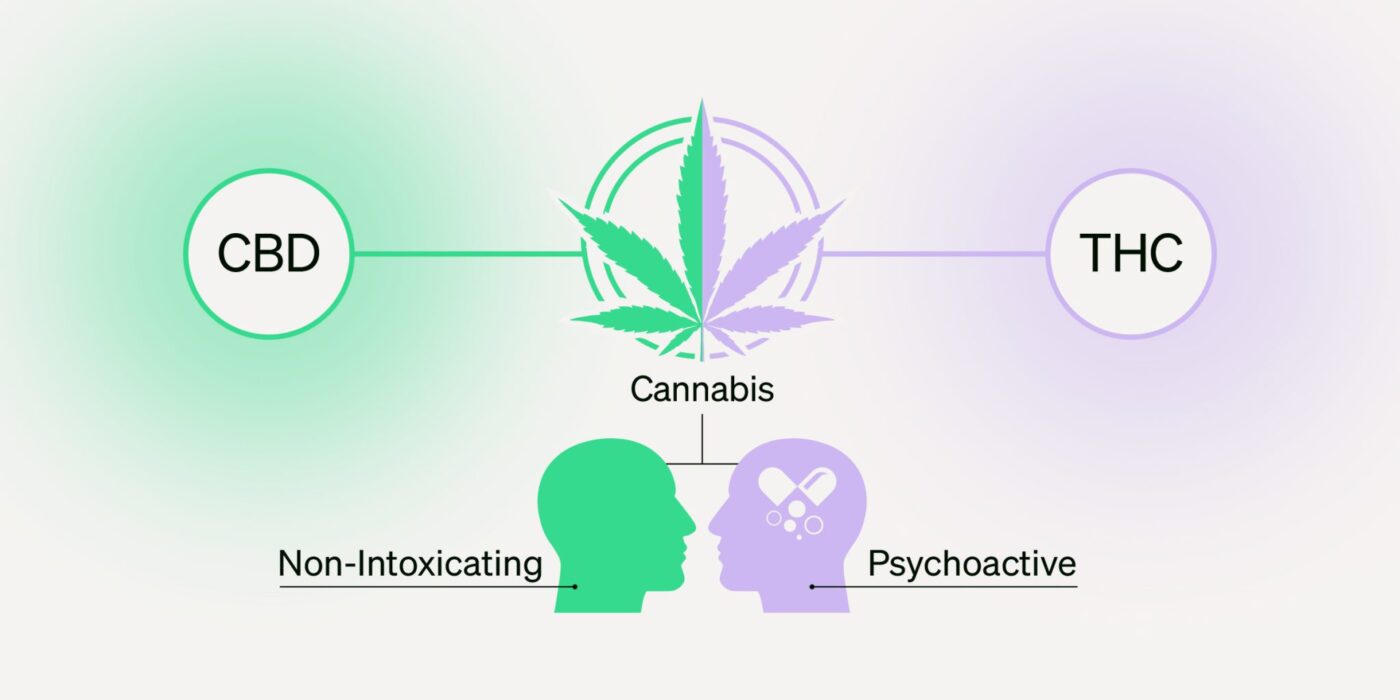Uncategorized
Exploring the Science Behind Cannabis: Unraveling the Mysteries of THC and CBD

Cannabis, also known as marijuana, has been used for centuries for its medicinal and recreational properties. In recent years, there has been a surge of interest in understanding the science behind this plant and its various compounds. Two of the most well-known and researched compounds found in cannabis are tetrahydrocannabinol (THC) and cannabidiol (CBD). Let’s dive into the world of cannabis and unravel the mysteries of THC and CBD.
What is THC?
THC is the primary psychoactive compound found in cannabis. It is responsible for the euphoric and mind-altering effects commonly associated with marijuana use. When THC enters the body, it binds to cannabinoid receptors in the brain and central nervous system, triggering a cascade of chemical reactions that result in the desired effects.
Beyond its psychoactive properties, THC also has potential therapeutic benefits. Research suggests that THC can help alleviate symptoms associated with conditions such as chronic pain, nausea, and muscle spasms. It may also stimulate appetite and reduce inflammation.
What is CBD?
CBD, on the other hand, is a non-psychoactive compound found in cannabis. It does not produce the same intoxicating effects as THC, making it a popular choice for those seeking the potential health benefits of cannabis without the “high.” CBD interacts with different receptors in the body, including the endocannabinoid system, which plays a crucial role in regulating various physiological processes.
CBD has gained significant attention for its potential therapeutic applications. Studies have suggested that CBD may help with conditions such as anxiety, epilepsy, inflammation, and even neurodegenerative disorders. However, it’s important to note that more research is needed to fully understand its effects and optimal usage.
The Entourage Effect
While THC and CBD are often discussed individually, they do not exist in isolation within the cannabis plant. In fact, cannabis contains hundreds of different compounds, including other cannabinoids, terpenes, and flavonoids. The interaction between these compounds is known as the entourage effect.
The entourage effect suggests that the combined presence of multiple compounds in cannabis may produce enhanced effects compared to isolated compounds alone. For example, some studies have found that combining THC and CBD may have synergistic effects, potentially increasing the therapeutic benefits of both compounds.
Cannabis Research and Future Discoveries
As the scientific community’s interest in cannabis grows, so does the research into its potential benefits and mechanisms of action. Scientists are conducting studies to explore the effects of different cannabis strains, various cannabinoid ratios, and optimal dosing.
Additionally, ongoing research aims to uncover the potential of other cannabinoids, such as cannabigerol (CBG) and cannabinol (CBN), and their unique properties. These compounds, along with terpenes and flavonoids, contribute to the complex chemistry of the cannabis plant and may offer their own therapeutic potential.
While significant progress has been made, it is important to note that cannabis research is still in its early stages due to historical legal restrictions and limited funding. However, with the growing acceptance and legalization of cannabis in many regions, we can expect more studies to unfold, shedding light on the full spectrum of its benefits.
In conclusion, THC and CBD are two key compounds found in cannabis that have captured the attention of researchers and enthusiasts alike. THC provides the psychoactive effects associated with cannabis, while CBD offers potential therapeutic benefits without the intoxication. The entourage effect suggests that the combination of multiple compounds in cannabis may produce enhanced effects. As research into cannabis continues to evolve, we can look forward to uncovering more of its mysteries and harnessing its potential for human health and well-being.
Sources:
- National Center for Biotechnology Information. (n.d.). Tet
Read more blog posts here.
Learn more about strains here.
